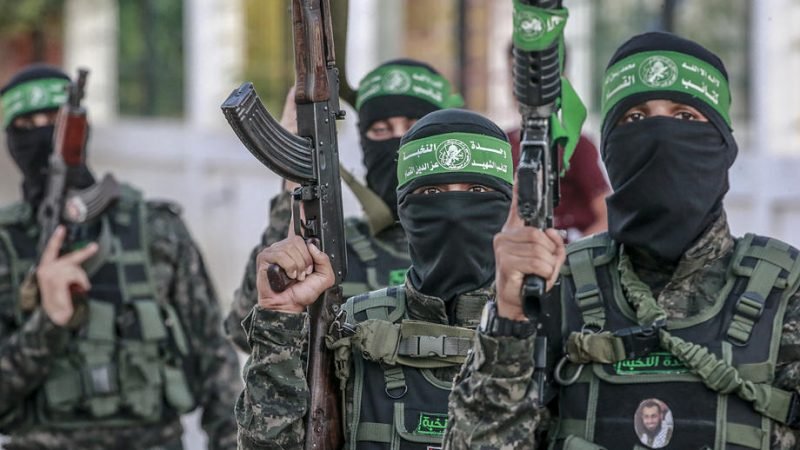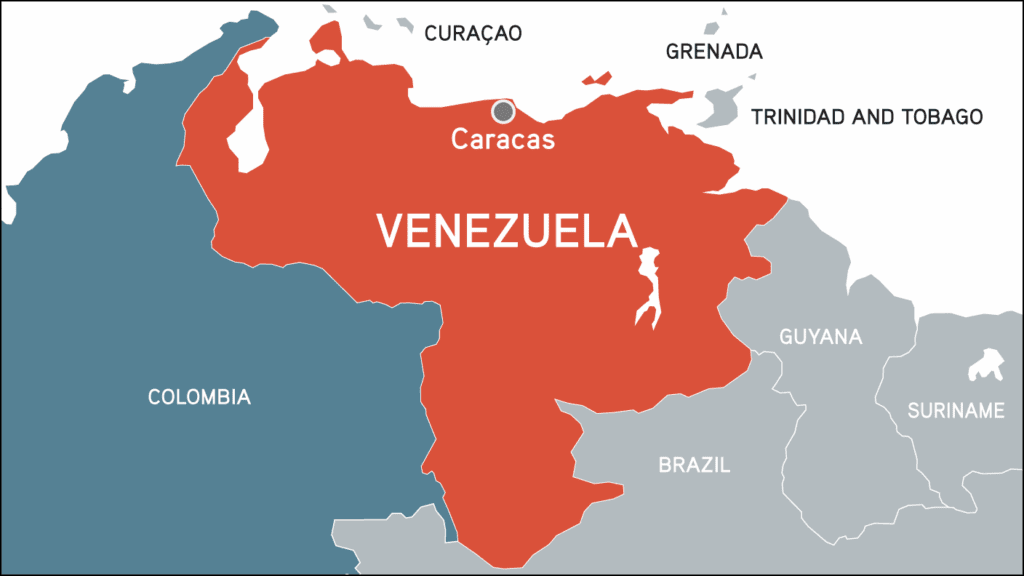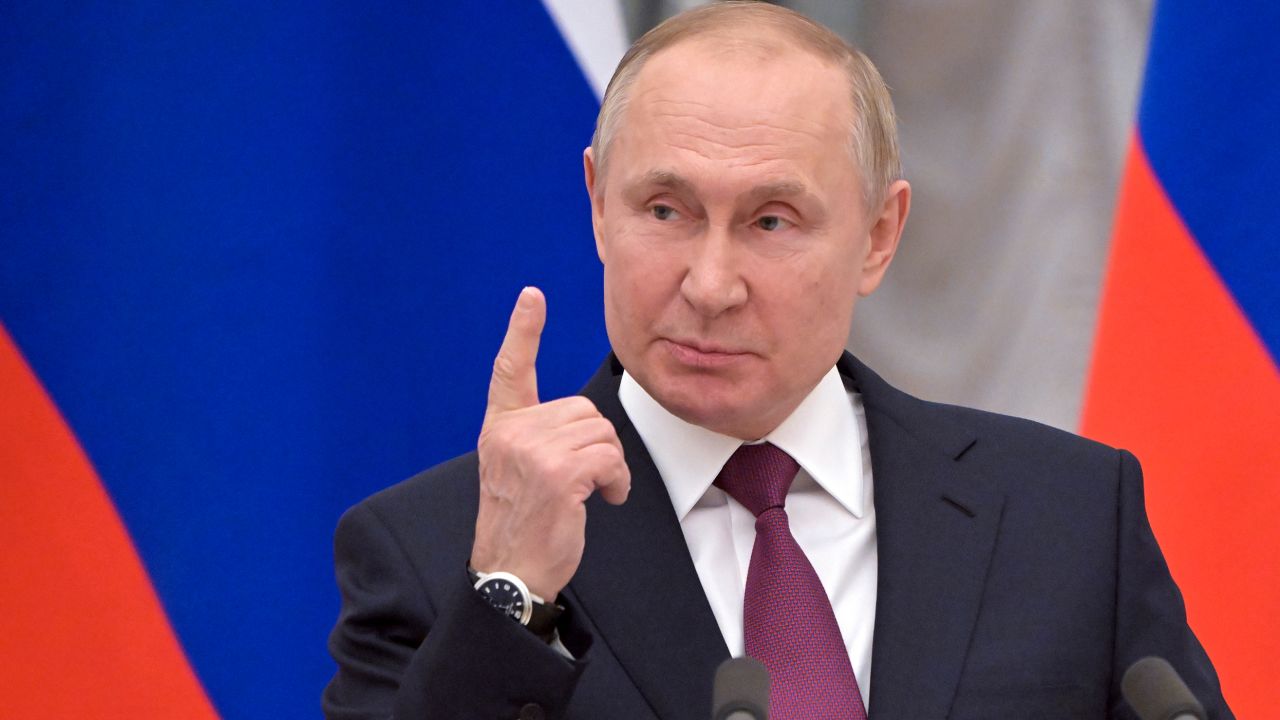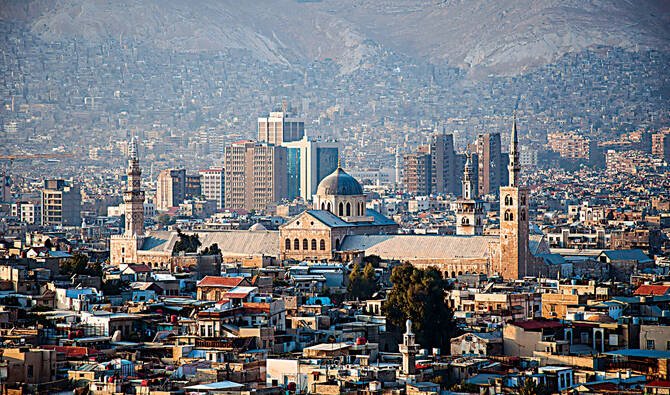Hamas is expected to demand key changes to Donald Trump’s proposed Gaza ceasefire plan but may ultimately accept it as a framework for renewed talks in the coming days, according to analysts and insiders.
Trump has given Hamas “three to four days” to respond to his 20-point plan, which envisions ending the two-year war and placing Gaza under an indefinite international administration. Israel has already accepted the proposal, which reflects many of its demands and was drafted without consulting Hamas.
Analysts say Hamas faces a stark choice. “They must choose between the bad and the worst,” said political scientist Mkhaimar Abusada. A central sticking point is the demand for Hamas to disarm, a condition seen as unacceptable without political progress towards a two-state solution.
Hamas’s leadership, split between Gaza, Doha, and Istanbul, complicates consensus. Qatar and Turkey are pressing for pragmatism, while the group’s fighters on the ground remain opposed to surrendering arms. Experts note that despite losing most senior commanders and much of its arsenal, Hamas continues guerrilla operations and maintains influence in parts of Gaza.
Trump’s plan includes the release of hostages by Hamas, withdrawal of Israeli forces to a buffer zone, large-scale humanitarian aid, and the release of over 1,000 Palestinian prisoners. However, Netanyahu has threatened to “finish the job” if Hamas delays.
The decision ahead will test Hamas’s survival instincts and could shape the future of Gaza’s devastated population.













